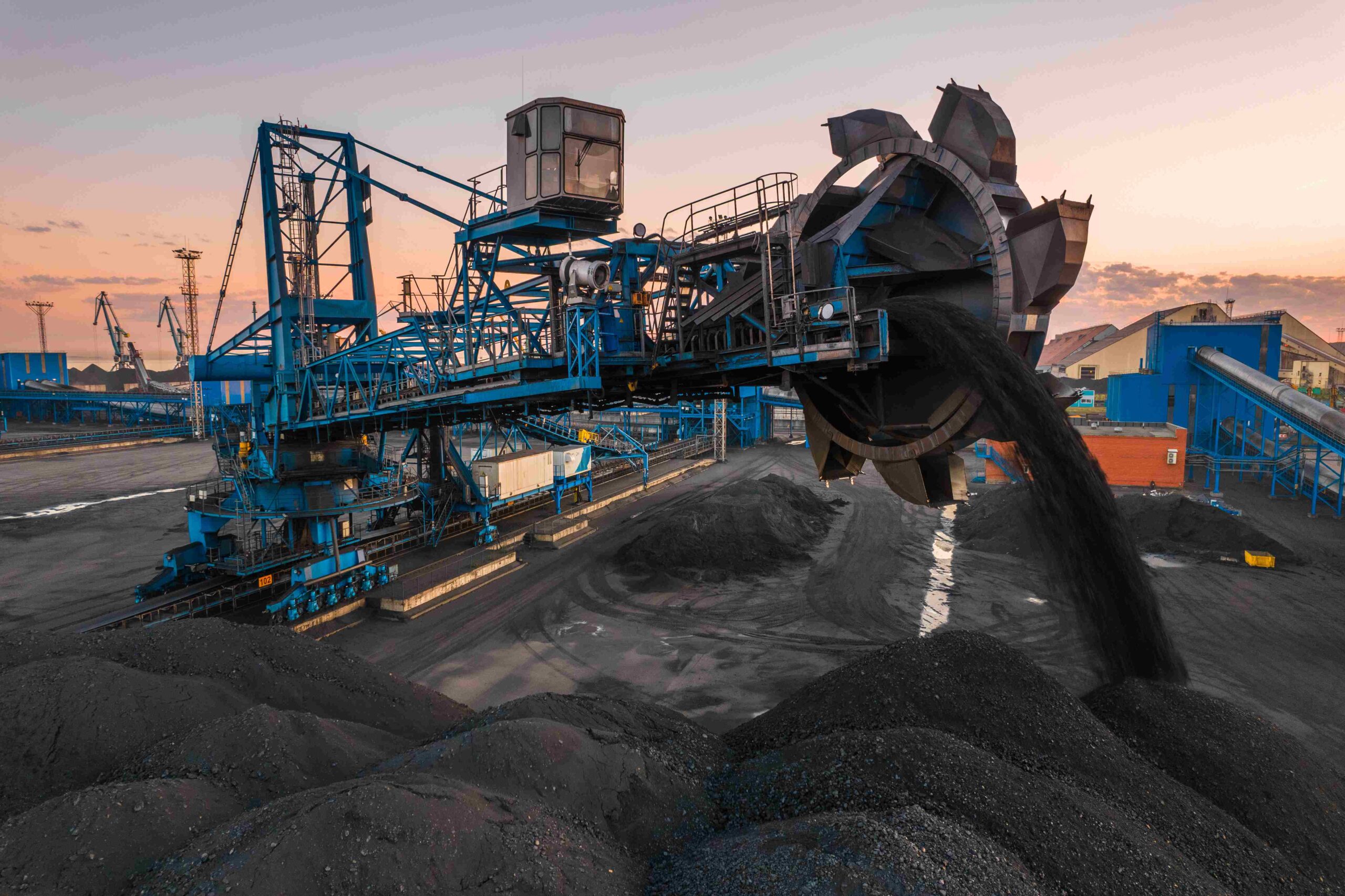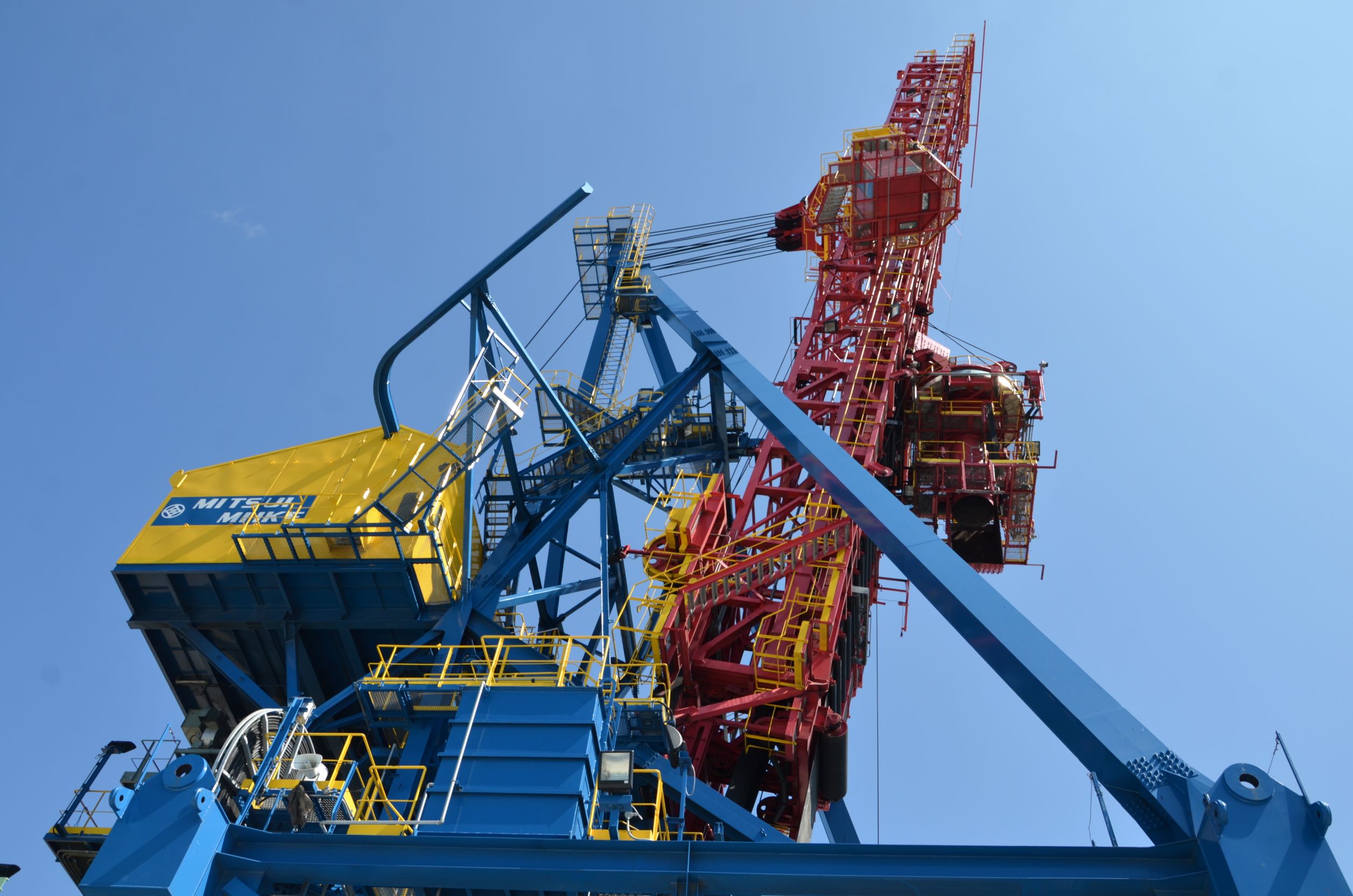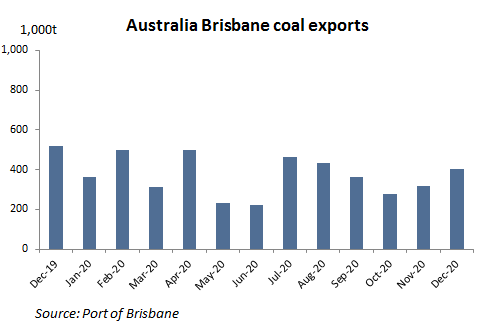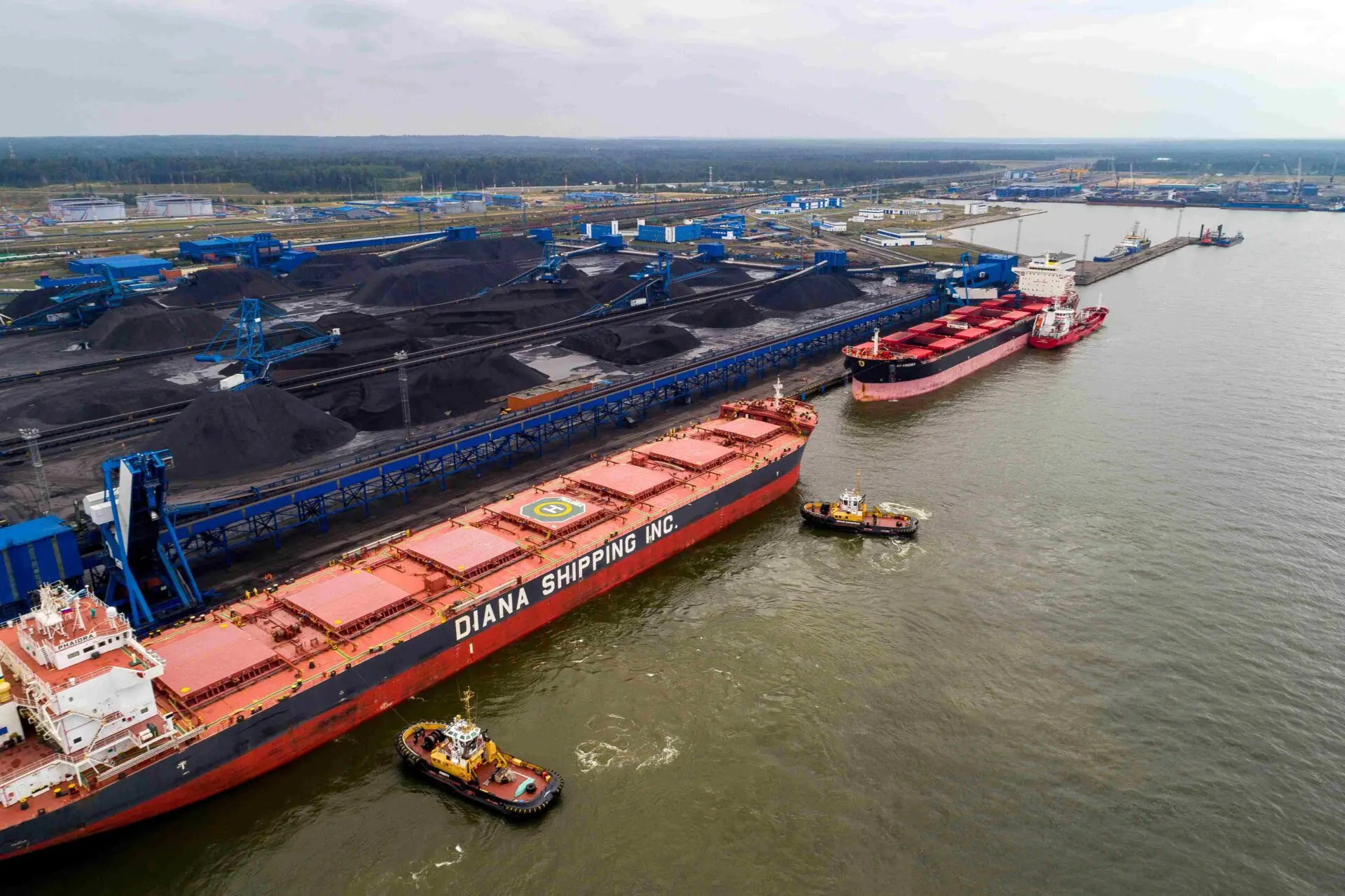
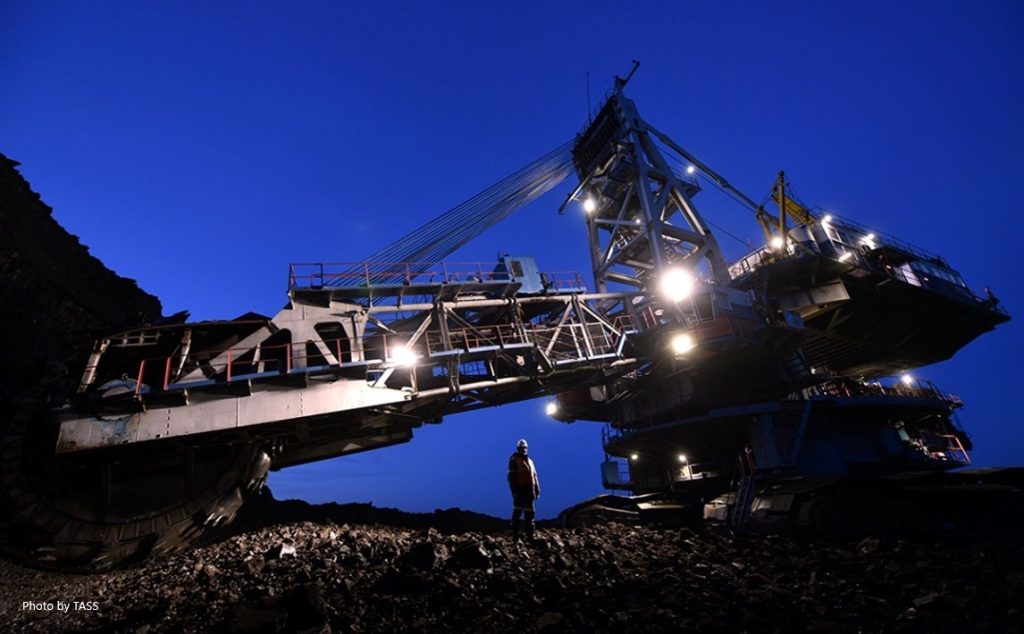
The Russian Ministry of Finance announced plans to introduce coal export duty, starting from 2023, if prices on global markets exceed the established benchmark of 170 USD/t for coking coal and 150 USD/t for thermal coal. Furthermore, it is also envisaged to temporarily raise the mineral extraction tax (MET) for coal during the Q1 2023. The additional fiscal burden on the coal industry is aimed at increasing state budget revenues.
Export duty and MET rates have not been made public yet. The Ministry of Finance also did not clarify which prices will be taken into account when setting export duties: whether it is the global indices or the discounted export price of Russian coal.
During 2022, global coal prices renewed their historic highs: Australian coal quotes exceeded 460 USD/t, while European indices traded above 440 USD/t. Meanwhile, due to international sanctions and the EU embargo on Russian coal shipments, suppliers from Russia are forced to sell coal at a price 2-3-fold below its market value. As of October 06, 2022, Australian FOB Newcastle steam coal quotations amounted to around 400 USD/t with European CIF ARA indices staying at the level of 300 USD/t. At the same time, the cost of High-CV material in Russian ports is estimated at 105-110 USD/t FOB Baltic and Black Sea ports, whereas FOB Vostochny prices are in the range of 170-180 USD/t. In addition to the discounts, Russian suppliers have to redirect cargo flows, which used to go to premium European markets from northwestern and southern ports, to China, India and other Asian countries, resulting in the multiple increase in the distance of routes and correspondingly in the freight costs.
Moreover, the sanctions and higher demand for large tonnage vessels in general led to a 3-4-fold jump in the cost of seaborne transportation. The Russian Railways (RZD) raised tariffs by 11% in the summer of 2022 and removed the lowering ratios for thermal coal and the discount for long-distance transportation, that ultimately increased the railway shipping costs by about 50-60%, depending on the direction. Coal companies and local authorities in the key mining regions have repeatedly advocated the return of the lowering coefficients and discounts for rail shipments at least to North-Western terminals to preserve the profitability of the industry. However, starting from 2023, RZD again suggests the tariff indexation by 9.8%.
If the baseline for taxation is calculated on Russian coal prices in Russia’s Far Eastern, Northwest and Southern ports, this would be a significantly lower fiscal base in comparison to the probability of being linked to global indices (not including discounts for Russian coal), that would substantially worsen Russian coal suppliers’ sales, which are already balancing on the brink of loss. Under this scenario, growing tax burden on the coal industry could make a sizable part of Russian export shipments unprofitable, leading to production cuts, layoffs of employees, closure of some enterprises, and the loss of RZD’s cargo load base.
Source: CAA










